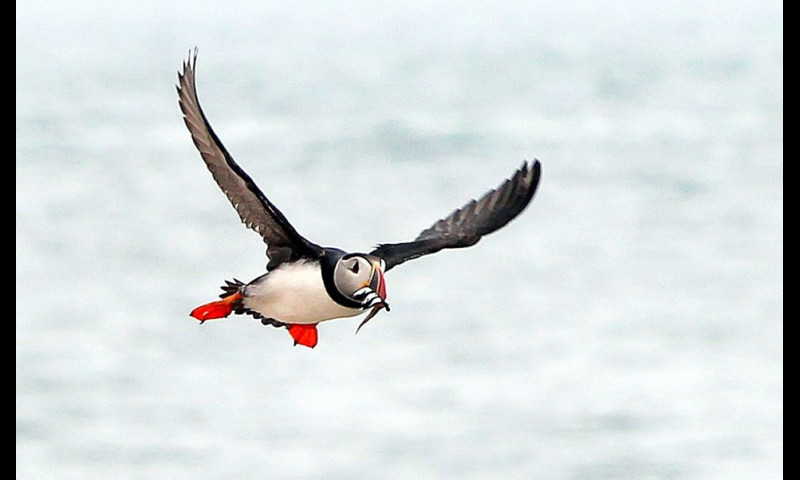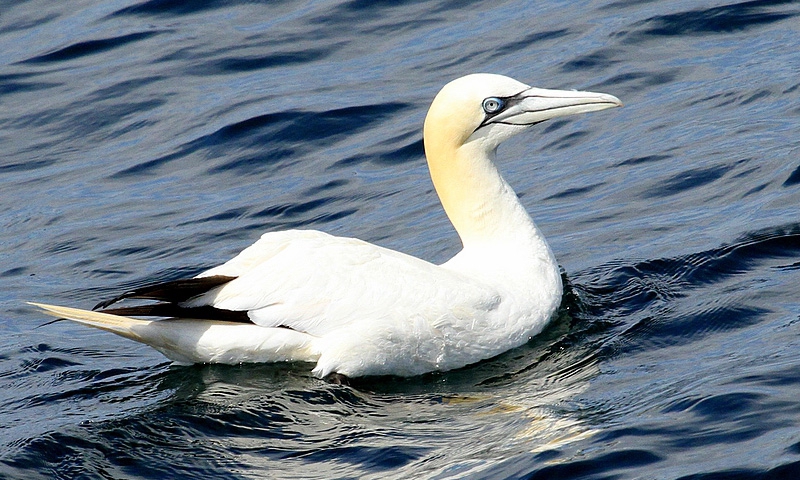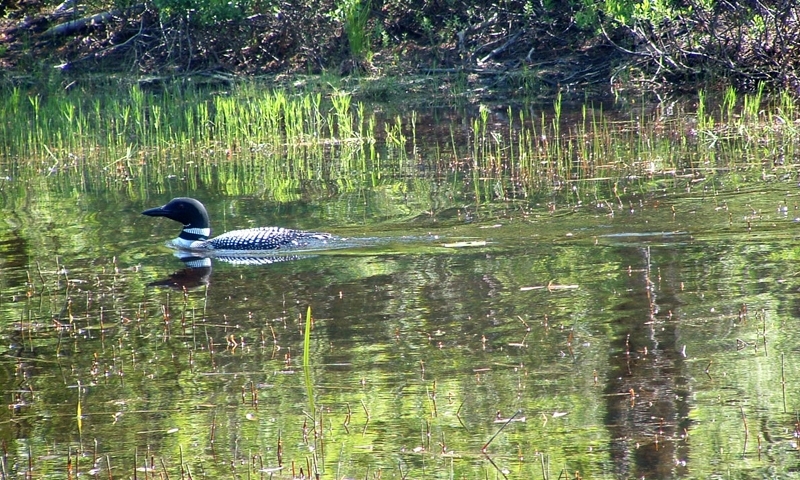- Spring, Summer and Fall offer an abundance of bird watching opportunities.
- Contact the Park information center for what to see, where and when.
- Nesting seabirds are best seen from land on the Schoodic Peninsula, or by boat.
- Woodland birds are often found through out the protected park lands and at various public gardens.
Overview
Some of the birds, which can be seen on Mount Desert Island, include Osprey and Bald Eagles, Ravens and Ruffed Grouse. Black-capped Chickadee, Red-breasted Nuthatch, Brown Creeper, Winter Wren, Golden-crowned Kinglet, Ovenbird, and Dark-eyed Junco can also be seen.
During the spring months, the visitor can enjoy the call of the Common Loon and spot the Yellow-bellied Sapsucker; Eastern Wood-Pewee; Alder and Least Flycatchers; Chestnut-sided, and American Redstart.
Woodlands
The Bird thicket at Acadia Wild Gardens is a favorite site for bird watching as the area is full of native fruits and seed plants that attract them. Black-throated Green, Yellow and Black-and-white Warblers, along with thrushes and woodpeckers.
Be sure to visit Cadillac Mountain in Mid-September for the Hawk Migration.
Ocean life
Along the Ocean, you can witness birds including Seagulls, Hawk, Atlantic Puffins, Bald Eagles and Peregrine falcons. Other birds seen by water include Greater, Sooty, and Manx Shearwaters, Wilson's Storm-Petrel, Double-crested and Great Cormorants, Common Eider, Osprey, Red-necked and Red Phalaropes.
Schoodic Point is recommended for viewing Jaegers, Gannets and Kittiwakes.
Consider a nature guide
A cruise is an opportunity to learn about Acadia's pelagic birds. Nesting seabirds also include Arctic Terns, Common Terns, Razorbills, and Common Murres. Some boat tours offer a view of the largest puffin colony south of Newfoundland at Eastern Egg Rock. The nesting Islands are protected and only open to research or park personnel, however views by water are abundant. Dress warmly and bring along a pair of binoculars.
The best sightings are in the Spring and early summer as many sea birds begin their migration in August. Available cruises include four park ranger-led nature cruises, two of which include stops on park-owned islands. Contact the cruise lines or check at a visitor center for details and options.







